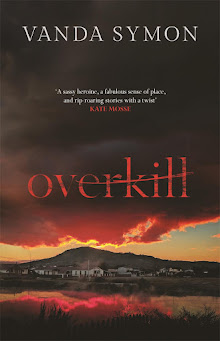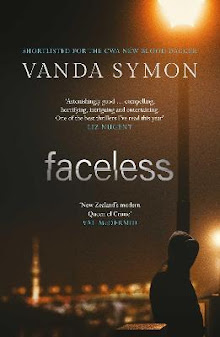I was having a flick through The Crime and Mystery Book by Ian Ousby and came across these guidelines for crime writers according to Ronald Knox, writer of books such as The Viaduct Murder (1925).
These are his 1929 Ten Commandments for Detective Fiction:
1. The criminal must be mentioned in the early part of the story, but not be anyone whose thoughts the reader has been allowed to follow.
2. All supernatural or preternatural agencies are ruled out as a matter of course.
3. Not more than one secret room or passage is allowable
4. No hitherto undiscovered poisons may be used, nor any appliance which will need a long scientific explanation at the end.
5. No Chinaman must figure in the story.
6. No accident must ever help the detective, nor must he ever have an unaccountable intuition which proves to be right.
7. The detective himself must not commit the crime.
8. The detective is bound to declare any clues upon which he may happen to light.
9. The stupid friend of the detective, the Watson, must not conceal from the reader any thoughts which pass through his mind; his intelligence must be slightly, but very slightly, below that of the average reader.
10. Twin brothers, and doubles generally, must not appear unless we have been duly prepared for them.
Damn, there goes my twin Chinese brothers murderous ghosts detective story.
Sigh.
Saturday, October 25, 2008
Subscribe to:
Post Comments (Atom)









3 comments:
Like all rules, worth thinking about before you break them.
Those rules are probably only for bloke detectives anyway.
:-)
Today I posted about S.S> Van Dine's 20 rules Vanda, whihc are very similar. I think rules are made to broken :-)
I looked at your list of Van Dine's rules, Kerrie - as I commented in your blog I felt sorry for the detectives not being allowed a love interest - that's just plain mean.
Oh yes, I like breaking rules (-;
Post a Comment